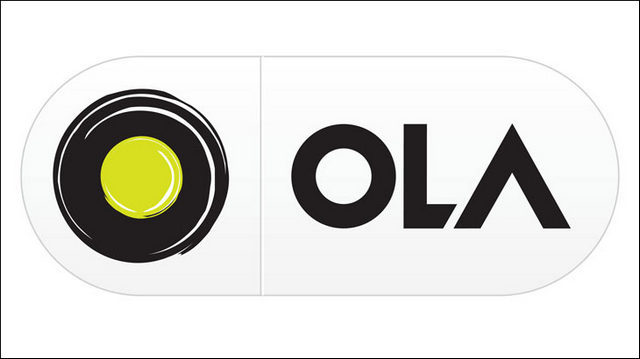Ola cabs are India based taxi-service Provider Company. Ola was founded in the year 2010 by the company called ANI Technologies Private Limited.
Table of Contents
Strengths in the SWOT analysis of Ola cabs :
This helps in understanding the core areas of the business where it beats the competition and has the competitive advantage in the market. Strengths are generally the core competency of the business.
- First Mover Advantage – Ola started back in 2010 and had the first mover advantage in comparison to its competitors which started very late in the segment. Though other taxi services were already there like Meru Ola targeted a new segment and is currently targeting mass segment owing to the low prices it offers
- Product Line – Ola offers a wide product line which starts from offering services using bikes, auto, and different types of cars. It also offers different kind of services like local commuting, outstation and rentals and share cabs. Thus it offers a complete package of services to its users which fits different segments according to their usage. This has helped Ola to become really popular in Indian market.
- Technology – Ola makes use of state of the art technology with strong data analytics which helps it to forecast the demand in any geographic region accurately so as to provide the balanced supply of cars for the commuters. The more the availability the more it will be used by the customers.
- Strong Brand Name – Ola has been able to establish high brand recall and brand name in the market as there are only a few players in the cheap rides segment.
- Low Investment – Ola being an aggregator service provider does not have to possess the fleet of cars to run their business. Drivers from the region collaborate with the Ola to meet the demand from the customers and hence there is always a cash surplus.
- Dynamic Pricing – Ola has been using dynamic pricing model to rate the ride according to the demand of the rides in a particular region or during the bad weather conditions. This helps to manage the supply in an efficient manner and at the same time adds to the bottom line.
Weakness in the SWOT analysis of Ola cabs :
This is the pain area of the organization where it does not have the resources or skills. Business has to work upon these areas so that they are not left behind from the competition. Though there will be some or the other weakness it should not be an area which takes the business out of the market
- No Control over Drivers – The business model that Ola is executing leaves itself with no control over the drivers. Drivers play important role in making the brand name of Ola and hence any misbehavior of the driver with the customers directly sabotages the image of the brand in the market. There have been various incidents where drivers have manhandled the customers lead to the uproar against the brand
- Fake Rides – Ola drivers have started to ask riders to book fake rides just to increase their ride counts for the day and Ola has no control and visibility over this. This leads to a loss of revenue as the drivers are getting paid for nothing.
- Weak Support – The support services offered by the taxi service is not up to the mark and customers are always grunted over the support they receive from the brand. This has tarnished the brand name in the market.
- Dependence on Internet – Customers can only book rides if they are connected to the internet. As in India, the connectivity is an issue and hence customers are not able to book rides. Though they have started with the offline booking it is not yet very helpful and appropriate.
- Market Segment – Though they market themselves as mass segment usage people who are tech savvy are able to use the services. In India, the ratio of tech-savvy people is very less in comparison to the non-technology users.
Opportunities in the SWOT analysis of Ola cabs :
This helps in understanding what other things a business can do with the current skills and resources. It helps the business to know the areas where it can expand and take a lead in order to diversify the business and expand the customer base
- Wider Market – In order to attract non-tech savvy customers, Ola has to rethink of their business model where such segment can also make use of their services and it will be a big breakthrough as it helps to enhance the customer base to a great extent.
- Increasing Internet Penetration – With the increase in the initiatives taken by the government to make Smart cities and penetrate the internet to remote places as well provides Ola with an opportunity to focus on these regions and expand their services to Tier 2 and 3 cities as well.
- Poor Government Transport – In Tier 2 and 3 cities there is a lack of proper government transport facilities and hence this opens door for Ola to look into those cities and capitalize on the opportunity
Threats in the SWOT analysis of Ola cabs :
This analysis helps in understanding what are the areas which can impact the business in future or right away. So business has to prepare itself to handle the threats in the market landscape. Competition or increasing number of players in the market with same value proposition is a threat to business as it directly lowers the customer base and revenue
- Government Regulations – Government regulations about the taxi service industry is unclear at the moment. Taxi providers are constantly being threatened by the changing rules and regulations.
- Customer Satisfaction – With bad customer service and presence of Uber in the market makes the customers switch the brands.
- Competition – There is an increasing competition in the market due to the presence of Uber and other emerging players in the local regions.
Liked this post? Check out the complete series on SWOT

